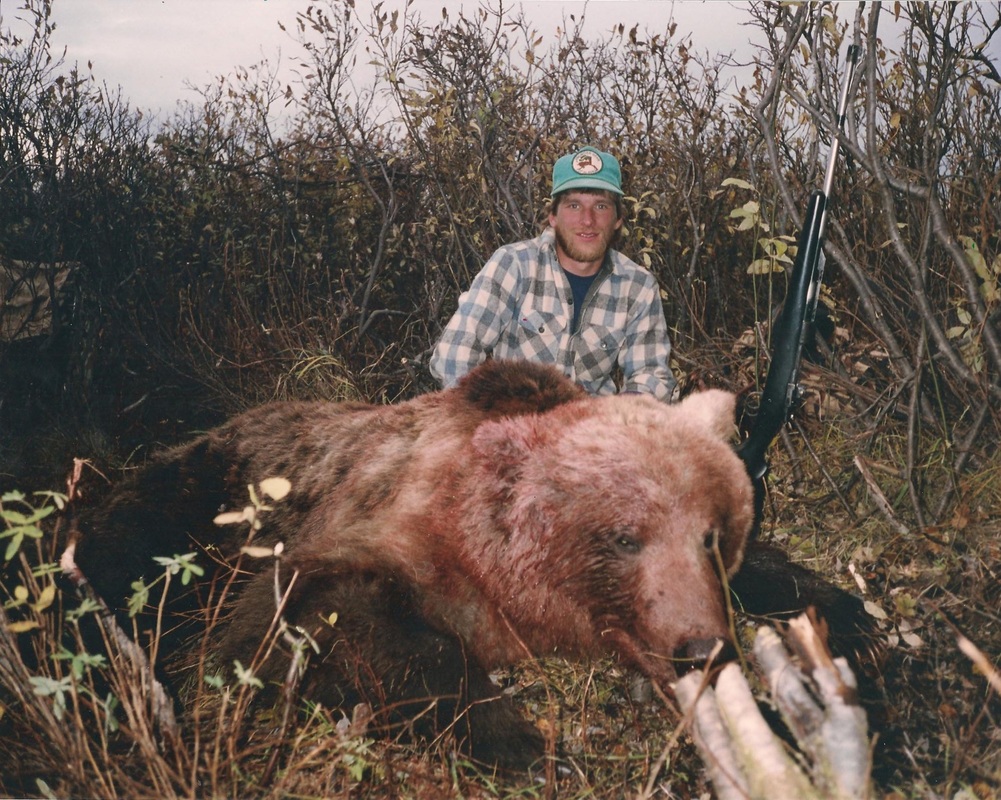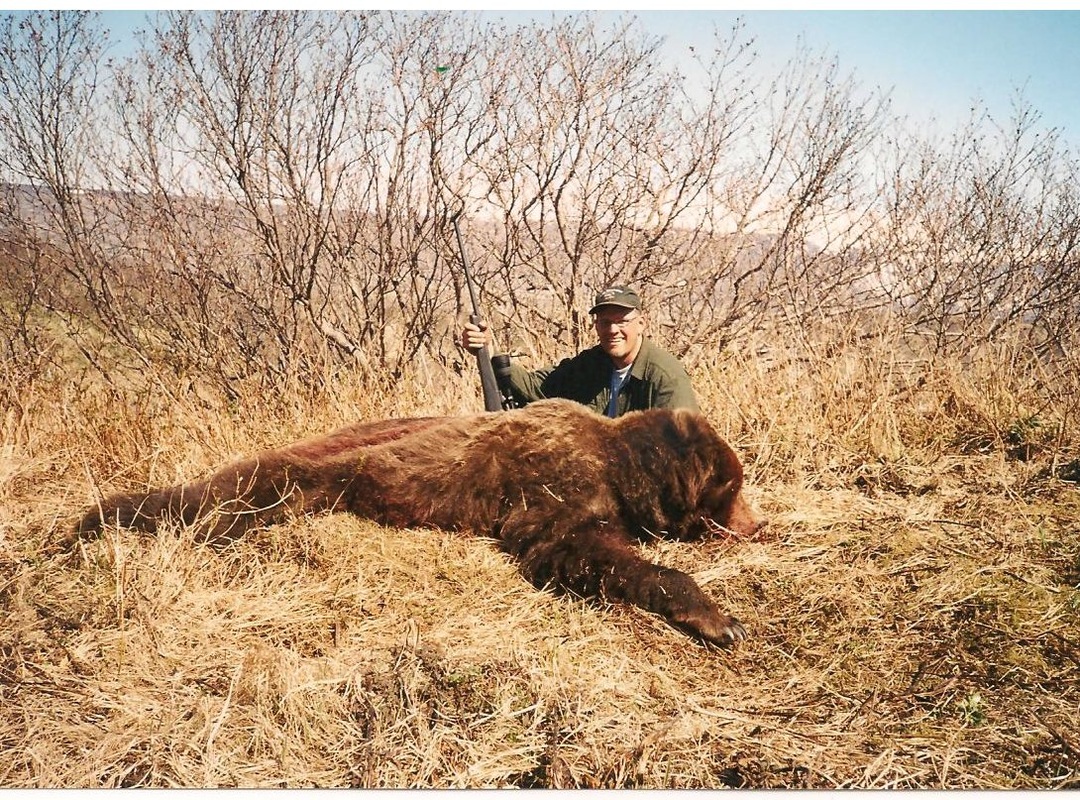Bear hunt Questions and Answers
|
Common questions we get about bear hunting in Alaska;
Is it a brown bear or grizzly? Biologically speaking a brown and grizzly is the exact same animal. The difference between the two is strictly geographic. Roughly speaking a brown bear is a coastal bear and a grizzly is an interior bear. The brown bear has evolved into the larger of the two because living along the coastline typically puts them in an area where they can feed on salmon all summer and this high source of protein has allowed them, over thousands of years, to evolve into a larger animal. The organizations that keep big game records, Boone and Crockett, and Safari Club for example, have simply drawn up geographic boundaries to determine whether a bear is to be scored as a brown or grizzly, and not surprisingly, they do not agree on boundaries. I hunt bears in two distinctly different geographic areas. The game management unit 17 bears are classed as grizzly’s by SCI and brown bears by B+C. I tend to agree with SCI on this one and class the bears in unit 17 as grizzly’s, these bears do get access to salmon over the summer to help them pack on size and winter weight but they do not have the bountiful quantities that a bear that lives’ right on the coast gets. Also these bears tend to show a lot more color variation then a typical coastal brown bear has. So what size bears can I expect to see? On the unit 17 grizzly hunts our goal is to harvest a bear in the 8 foot class and occasionally we have an opportunity at a legitimate 9 foot class bear. We generally see several bears in the 7 foot range during the course of a hunt and sometimes a hunter will opt for one, particularly if it’s a color phase that really appeals to that hunter. On the unit 9 brown bear hunt the average size runs a little larger and your odds of taking a true 9 foot class or larger bear are significantly higher How is the bear population in Alaska? The bear populations in Alaska are at an all time high. The normal bag limit on brown or grizzly bears is one bear harvested every 4 years for a resident or non-resident hunter. The bear numbers are so high in some areas of the state that in an effort to boost the moose populations (by trying to reduce moose calf predation) the state has increased the bag limit to one bear per year or in some cases two bears per year. The area that we utilize for the unit 17 grizzly hunts is one of the areas that has had the bag limit increased to two bears per year so the population is extremely high. Do you take archery hunters for bear? I welcome bow hunters on any hunt but the fall, Alaska Peninsula “unit 9” brown bear hunts are set up with bow hunters in mind and is the best choice for an archer. We hunt a major salmon spawning river and utilize tree stands and spot and stalk techniques to give you the best odds of getting within bow range of a trophy bear. How physically demanding is a bear hunt? Generally a bear hunter spends a lot of time on a vantage point using his binoculars and this tends to be more mentally taxing, than physically demanding, but once a bear is spotted the hunter must have the ability to make a stalk that might be several miles long and the ability to do this in a timely fashion might mean the difference between success and failure. The bottom line is, the better your physical condition, the better yours odds of success. |



